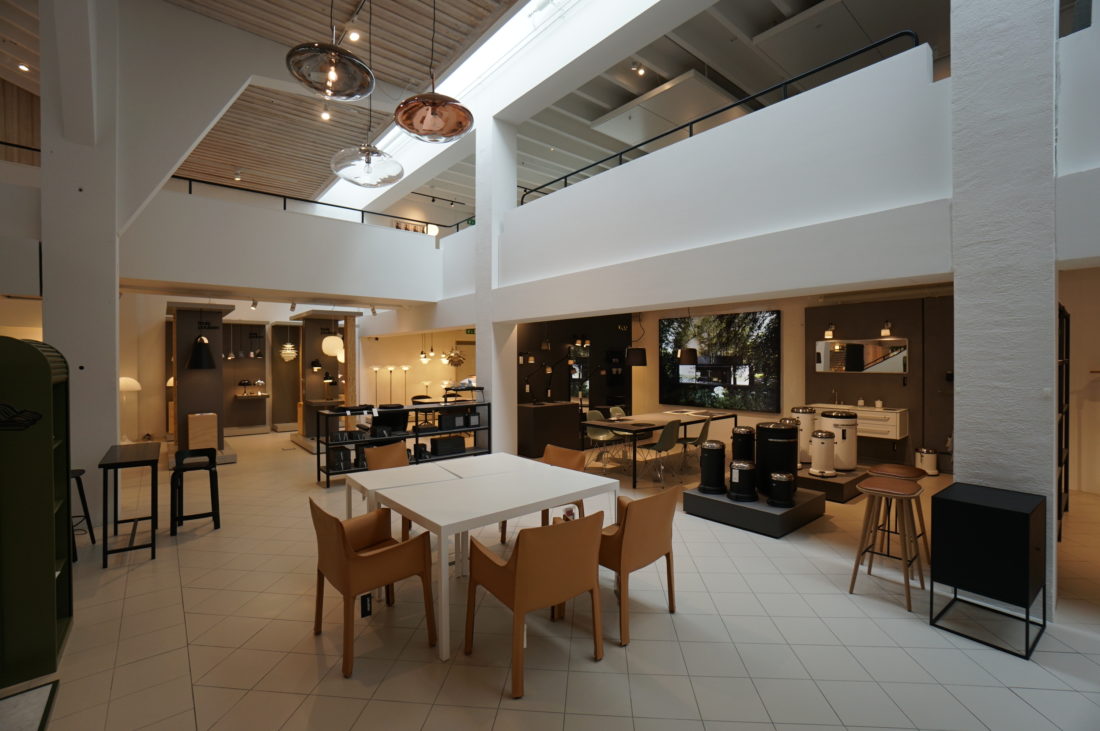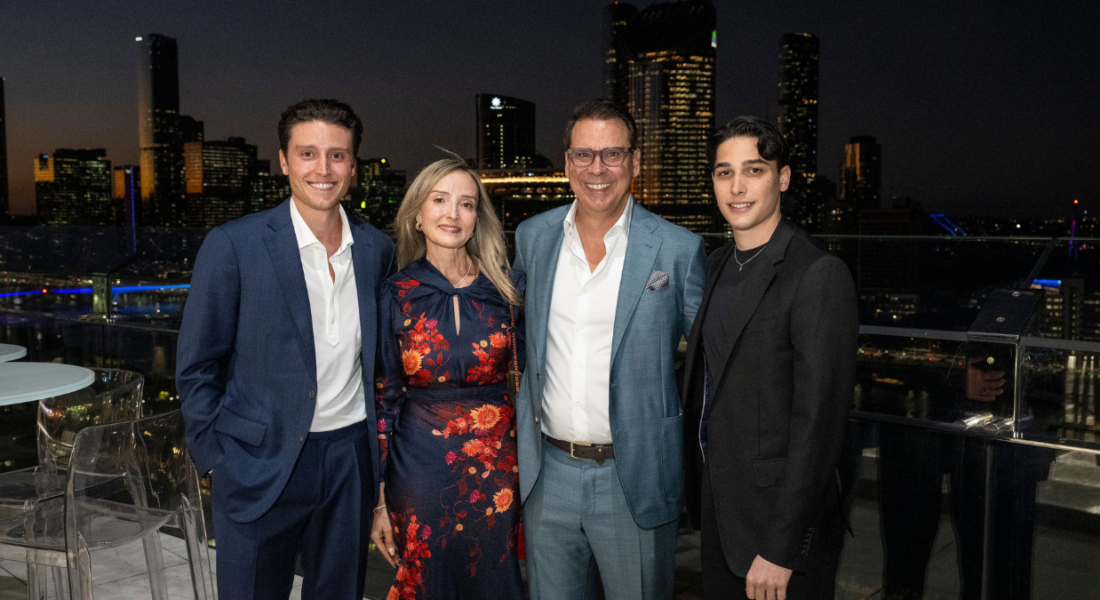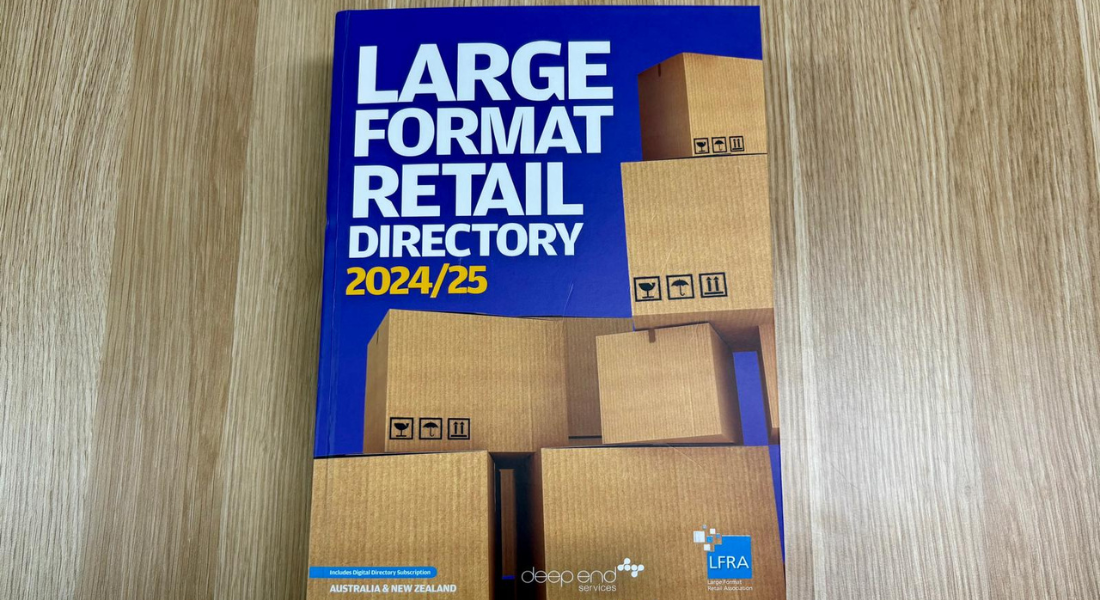5 Things We Can Learn from the Danish

Copenhagen was the second stop on LFRA’s Overseas Study Tour, a beautiful city rich in entertainment, culture and retail. It is also often ranked one of the happiest places in the world.
In a busy two days the tour groups explored architectural lighting design and manufacturers FLOS Scandinavia, home improvement and hardware chains Stark City 24-7 and Bauhaus Hardware, Gentofte Large Format Retail, furniture showroom Paustian House, contemporary furniture and design products store Hay House and globally renowned porcelain retailer Royal Copenhagen.
Chris Goodman, Managing Director, Leffler Simes Architects said, “Overall Copenhagen is a beautiful city that has maintained its architectural integrity and history, whilst being still at the forefront of design.”
Although Princess Mary is there to stay, here are 5 learnings we brought back from Denmark:
- Showrooms are key to building brand identity and rapport with customers
Showrooms are less confronting and give customers the flexibility to roam and imagine. They are also an opportunity to impress new, curious customers. The lighting we saw at FLOS Scandinavia and the furniture at Paustian were displayed like pieces of art in a gallery exhibition.
FLOS Scandinavia’s showroom was a former tractor workshop in Copenhagen’s industrial area. Because of the zoning, technically they’re not supposed to sell their products – however if customers are interested in purchasing, they can but it’s not the showroom’s purpose.
- Offer more than just products at your locations
Retail is becoming increasingly competitive and brands consistently need to give customers more reasons to visit or remain in their stores. Retailers no longer rely on their products alone to attract shoppers because consumers crave an experience.
For example, Paustian House had a restaurant attached to their showroom. Not only does it convince hungry customers to continue browsing after their meal, the restaurant also acts as a second showroom displaying their products in a practical setting. Paustian’s unique furniture is memorable but so is their steak tartare.
- Diversify your range with complementary goods
Stark City 24-7 and Bauhaus, two highly successful home improvement and hardware chains in Denmark, demonstrated that offering a wide product range drove convenience so customers could get everything they need without having to go to another store.
Stark City 24-7, as the name suggests, is accessible at all hours. As well as the usual they also sell workwear, hi-vis and safety boots and sandwiches. It truly is a one-stop shop for tradies.
Bauhaus was more like a European Bunnings. It has a central spine, customer service desks, chalkboard signage, tools and building materials, tiles, and everything for the kitchen, bathroom and outdoors. Bauhaus also offered decorative lighting similar to what you would see at a specialist retailer like Beacon Lighting.
- Involve history and stories into your products and stores
Customers are social beings who want to connect with, and support, brands they trust and form an emotional connection with. The history and values of a brand humanises their products and encourages brand loyalty.
With Royal Copenhagen each piece of porcelain is a work of art and painted by hand. Their flagship store on the main shopping strip in Copenhagen is one of city’s oldest houses and Royal Copenhagen has been at that location since 1911.
The store offers multi-level retail integrated with an exhibition where visitors can learn about Royal Copenhagen’s history. It was not unusual for tourists to enter, explore and leave without purchasing. Nonetheless they’ve walked away with photos and a newly found attachment with the brand.
By informing visitors of the story behind each product, and by turning their store into a destination, Royal Copenhagen continues to succeed after almost 250 years.
- Invest in smashable branding
Globally renowned Danish author and branding expert, Martin Lindstrom, argues that your brand needs to be smashable. That is if you took a sledgehammer to your product a consumer would instantly recognise what the product is by identifiable features including shape, design, colour, copy or contours. These features indirectly foster a relationship with existing and potential customers.
Royal Copenhagen has achieved this. Their signature cobalt blue and white design known as ‘Pattern no.1 Blue Fluted Plain’ is smashable. When you see it you instantly know who made it.
Blue Fluted Plain has evolved since 1775, but its fundamental characteristics have remained. Royal Copenhagen uses this original design to inspire more contemporary patterns, recognising customer demand and the need to evolve but it also pays homage to their legacy.
This article is a part of a 10-segment series covering the 2019 LFRA Overseas Study Tour.




